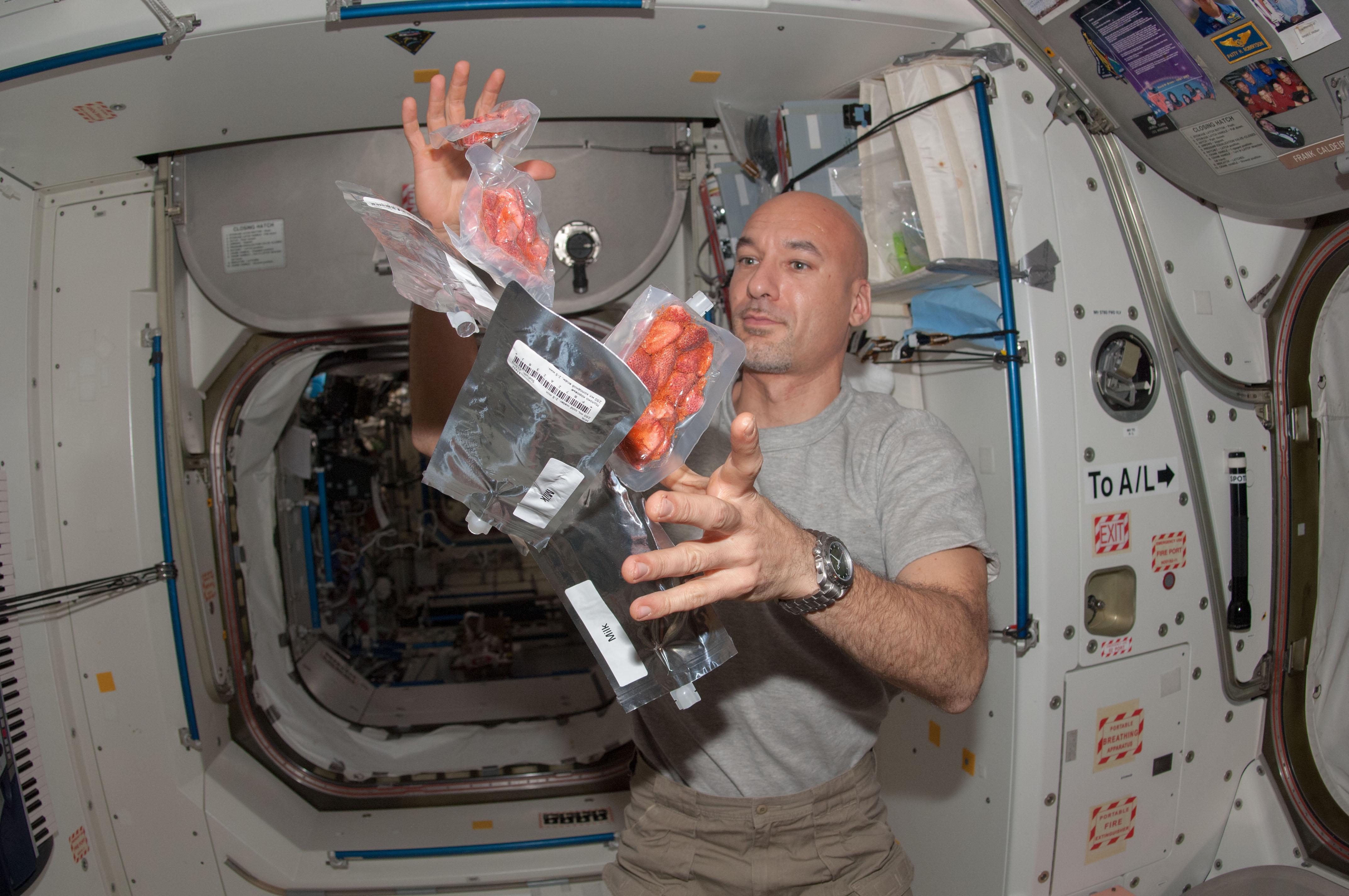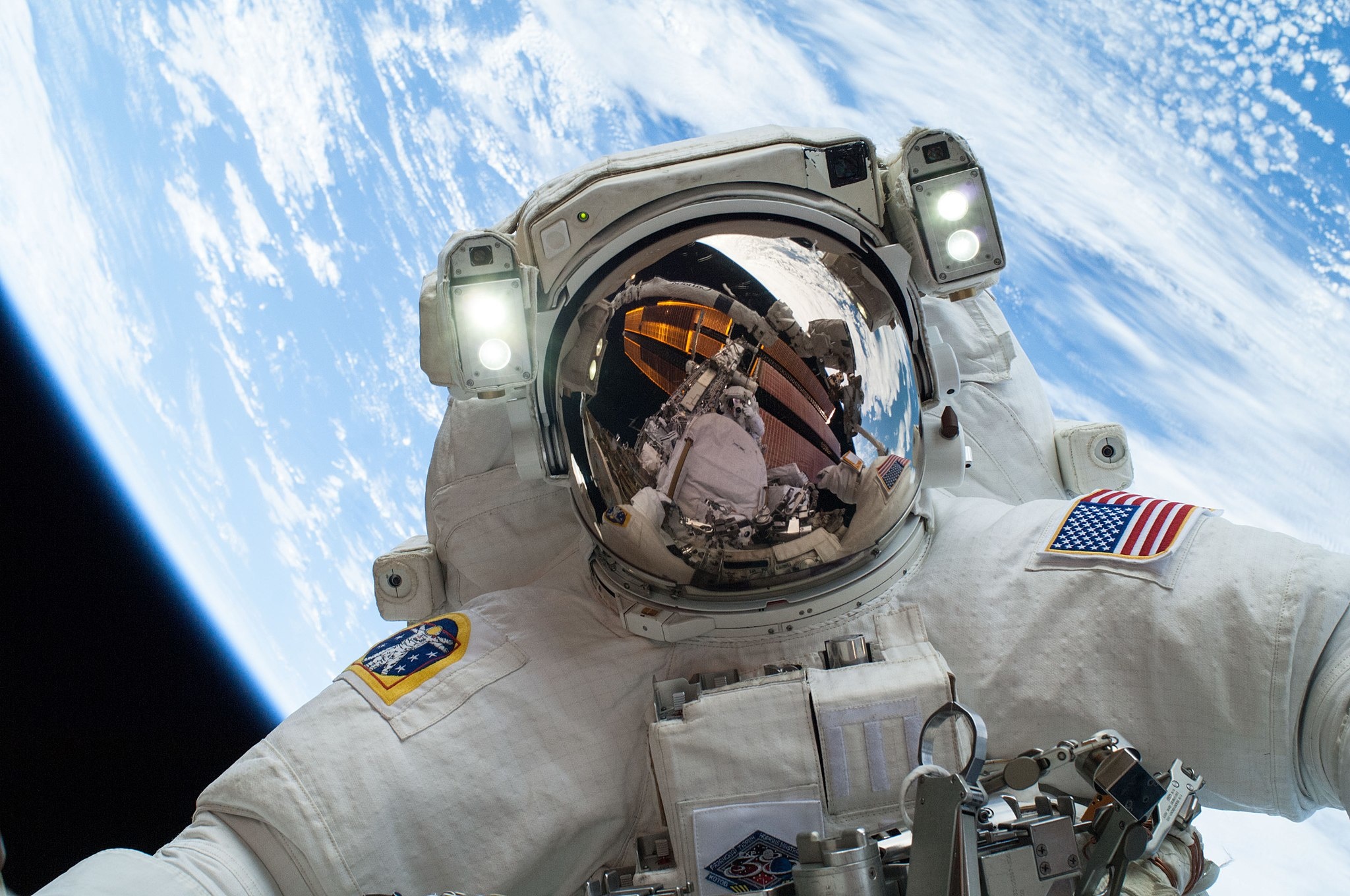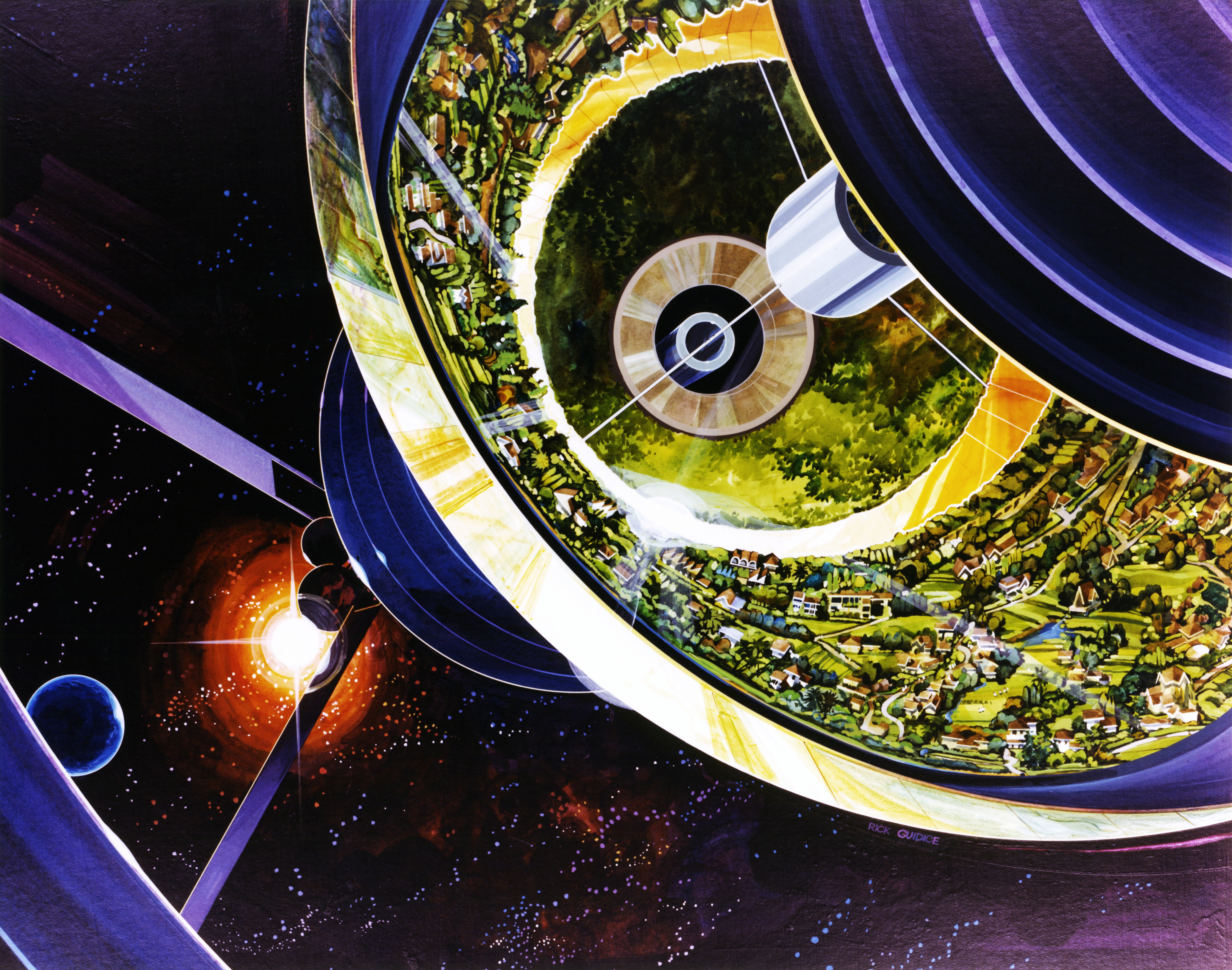Sign up for Big Think on Substack
The most surprising and impactful new stories delivered to your inbox every week, for free.
When we launched our ‘Ask an astronomer’ series with NASA’s Michelle Thaller, one set of questions stood out from hundreds, arriving by way of the curious and clever students at Courthill Infant School, Poole, in the south of England. Representing all the aspiring scientists in Dragonflies Class, Joshua, age 4, asked NASA’s Michelle Thaller a brilliant question: “Why is there no gravity in space?” Here, Thaller explains the incredible science behind why astronauts appear to float in space, which is an interesting misconception fuelled by the term ‘zero gravity’. (In fact, there is a small amount of gravity found everywhere in space, which is why microgravity is a more accurate term.) So what are they doing if not floating? They’re actually constantly free falling, says Thaller, and so are you, the person beside you, and the entire planet Earth. It’s a high-velocity orbit that allows astronauts to seemingly defy gravity, soaring so fast around the planet that they remain suspended instead of succumbing to Earth’s gravitational pull. Michelle Thaller explains the very cool science of how orbits allow astronauts to seemingly defy gravity. You can follow Michelle Thaller on Twitter at @mlthaller.
Michelle Thaller: Joshua, you ask a really great question, “Why is there no gravity in space?” I bet you’ve seen pictures of the astronauts up in the space station and they’re floating around as if there’s no gravity at all. This is actually a really interesting misconception about what’s going on with the astronauts. And it gets to one of my favorite questions in all of astronomy, and that is: what is an orbit? What’s happening when astronauts are orbiting the Earth? And why does it appear like there’s no gravity in space?
So, to talk about why this is kind of a misconception, the astronauts are about 200 miles above the surface of the Earth in the space station; the space station orbits around us about once every 90 minutes. It’s not that they’re so far away from the Earth that there’s no gravity—in fact, if you built a skyscraper that was 200 miles tall and you were up on one of those top floors you might weigh a tiny little bit less, but you probably weigh at least about 80 percent what you normally would. You’re really not that much farther away from the Earth. So it’s not that they’re weightless because they’re in space and far away from the Earth, they’re actually close enough to the Earth to feel the gravitational pull of the Earth itself. So what’s going on? Why are they floating around?
Well, this is what an orbit really is. We have to get spacecraft going very, very fast to put them into orbit. That’s why we put them on rockets. Rockets launch spacecraft and get them going very, very fast, and if you’re in orbit where the space station is, you’re traveling at about 17,000 miles an hour.
Now, what happens to those astronauts is that they’re going very, very fast but they’re actually freely falling towards the Earth. The Earth has gravity, and that gravity is pulling them down just the same as what would happen as if you dropped a ball. If you dropped a ball it would fall to the floor. The same thing is happening to the astronauts; they are falling towards the surface of the Earth.
But here’s a cool thing: they’re going so fast they keep missing the Earth as they fall. And that’s the definition of an orbit.
Now think about it this way: I talked about dropping a ball and the ball just falls straight down; what would happen if I put the ball in a little cannon and shot it out? The ball would start to drop towards the Earth the minute it left the cannon, but the cannon has given it some velocity, and so the ball might go a hundred yards, right? It might actually go a hundred yards before it fell because the cannon gave it that velocity.
Now, let’s take an even bigger cannon, let’s take a huge cannon that can shoot things many, many miles. So you shoot the ball out, the ball is still falling freely towards the Earth all the time, but now it goes farther because you’ve given it more velocity. And maybe with a really big cannon, you can shoot a ball a hundred miles.
What about with a rocket? With a rocket, you could get something going so fast, up to 17,000 miles an hour, that as it fell freely towards Earth, Earth would keep curving away under it and it would keep missing it.
That’s what an orbit is, and that’s why you need a rocket to get into orbit. You need to get yourself going so fast that, as you fall back towards Earth, you keep missing it.
So the astronauts are not weightless because there’s no gravity in space; the astronauts are falling the same way a skydiver is falling freely through space, it’s just that they’re going so fast they keep missing the Earth.
They are all the time falling towards the Earth going fast enough that they keep missing it.
Everything that’s in orbit around anything else is doing the same thing. Right now you and I are falling freely towards the sun, but the Earth is moving, actually at about 30,000 miles an hour, and we keep missing the sun as we go around it, and that means we’re in orbit around the sun.
The moon is in orbit around the Earth. It’s falling towards the Earth, it’s just traveling so fast it keeps missing it. You’ve asked an excellent question. Everything in space that is orbiting is freely falling under gravity, it’s just going too fast to ever hit anything.






